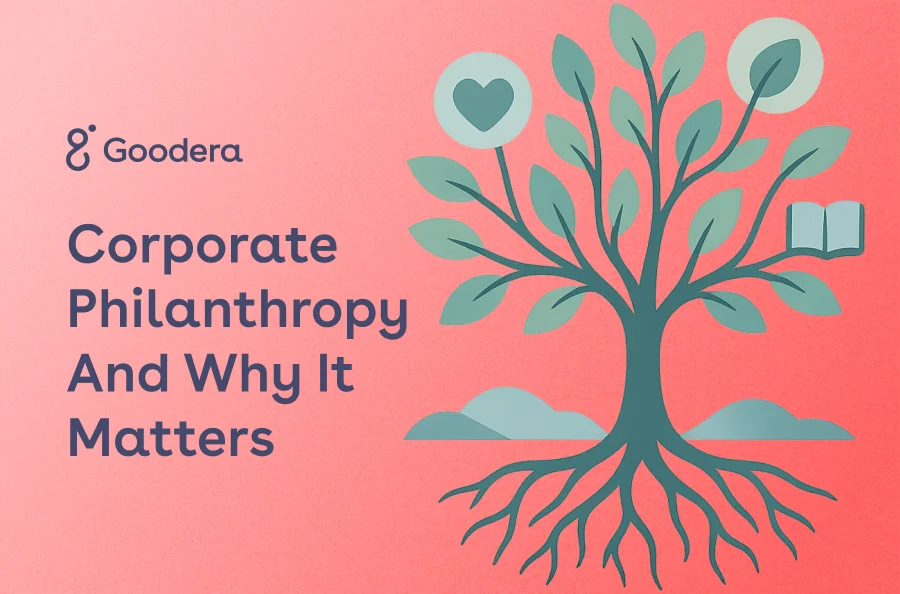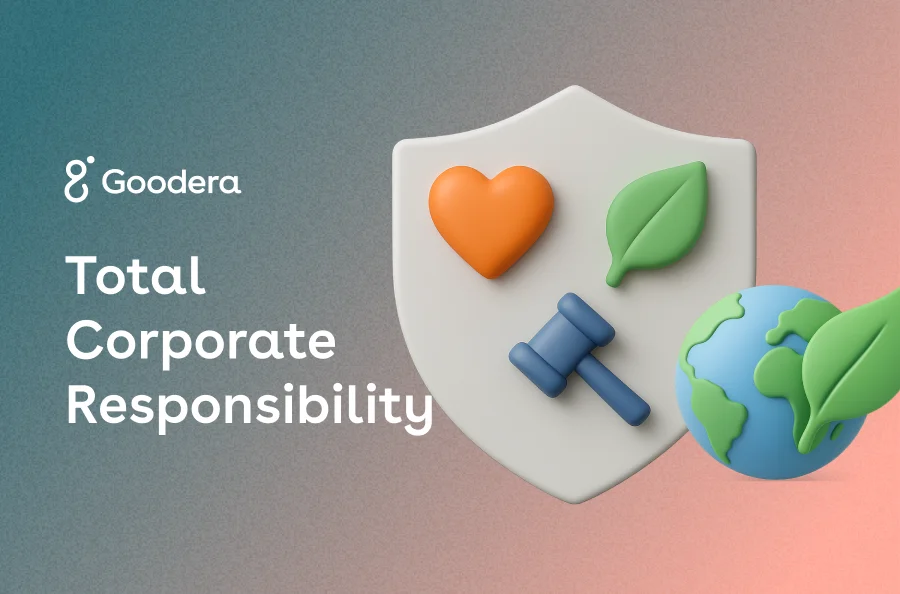Effective Strategy for Evaluation of CSR Projects
Organizations see corporate social responsibility (CSR) as an opportunity to give back to the community and make a positive impact while also having a positive effect on the company’s reputation. However, many feel that CSR projects are often only discussed but not acted upon because they can be challenging to implement.
That’s why it's so important for organizations to do a regular evaluation of the CSR projects they run in order to ensure that they are making a meaningful impact and following through with their objectives. Once you have determined where your organization can make the biggest impact, you can begin planning the implementation of your CSR strategy.
To ensure that your company’s efforts are as effective and meaningful as possible, it is important to evaluate your CSR projects from start to finish. Evaluating your company’s CSR initiatives will give you insight into how well these programs support your wider mission statement and strategic goals.
This article will help you identify which evaluations are most useful for your organization and provide guidance on how to measure the effectiveness of your CSR programs in a way that supports future decision-making.

Project Identification
Projects can vary in terms of length and complexity, but it is important to define each project’s goal. The first step in the CSR project evaluation process is to clearly define the project and its goals. This phase is critical for gaining insight into the relationship between your project goals and the sustainability of your CSR strategy.
It will also help you identify resources you will need to implement your project and track its progress successfully. For example, if your company has decided to participate in an employee volunteer program, the project goal would be to complete a specific number of volunteer hours. On the other hand, if your CSR strategy involves donating money to a particular charity, the project goal would be to raise a specific amount of funds.
Strategy
A strategy is a plan of action designed to achieve specific outcomes. The strategy phase of your CSR project evaluation can help you identify the best ways to align your company’s CSR efforts with its wider mission statement.
An effective CSR strategy begins with the development of a mission statement that outlines your company’s purpose and the values that guide its strategy and operations. This is followed by the development of a strategy statement (a detailed summary of your organization’s business strategy). The strategy statement should include a general overview of your current operations, a description of your company’s goals, and an explanation of how your company plans to achieve these goals.
Risk Assessment
Once you’ve established a strategic plan for your CSR project, it’s important to identify potential risks and develop effective strategies for managing risk before your project begins. The best way to do this is to use an organizational risk assessment.
Organizational risk assessments are designed to help organizations identify and prioritize the risks they face. Organizational risk can include issues such as loss of reputation or damage to your company’s assets. To assess risk, it is important to identify any potential hazards associated with your corporate social responsibility strategy. This will allow you to determine the likelihood that these hazards will result in an adverse outcome.
Performance Metrics
Once your strategic plan has been created and your project’s risks have been identified, you can begin to identify which metrics will be used to measure your project’s performance.
Objectives of performance metrics:
- Assess the progress of your CSR projects over time.
- Identify strengths and weaknesses in your strategy.
- Identify areas that require additional funding or attention.
Performance metrics are also useful for communicating the project progress to stakeholders, investors, and other interested parties. These metrics can be collected through surveys, interviews, or other methodologies that allow you to collect data on your project.
Related: Top ways to improve your CSR Performance
Value Creation
It’s important to remember that creating value for the organization and its stakeholders is only half the story. Your project must also create value for the community it serves. The best way to determine how your project will impact the community is to conduct a community assessment.
Community assessments are designed to help organizations evaluate their role within the communities they serve. They also provide insight into how changes in your organization may impact the community and how those changes could be mitigated.
Communication Strategy
The last step in the evaluation process is to develop a communication strategy that will help ensure stakeholders understand the significance of your organization’s efforts. Creating a stakeholder map will help you identify different individuals and areas that could be impacted by your organization’s work.
It will also help you identify the best ways to communicate your organization’s value. Incorporating storytelling into your outreach efforts is the best approach to convey the significance of your organization's work. This will help identify areas of strength in your strategy, allowing you to focus your efforts on projects that will have the most impact.
Conclusion
An effective corporate social responsibility strategy begins with a clear understanding of your organization’s unique strengths, values, and competitive advantages. A CSR strategy can guide your company and its decisions on how to participate in its community, and give back to the causes they care about most. Implementing a plan will help keep everyone in your organization informed on what’s happening within their business and how they’re affecting their communities.














